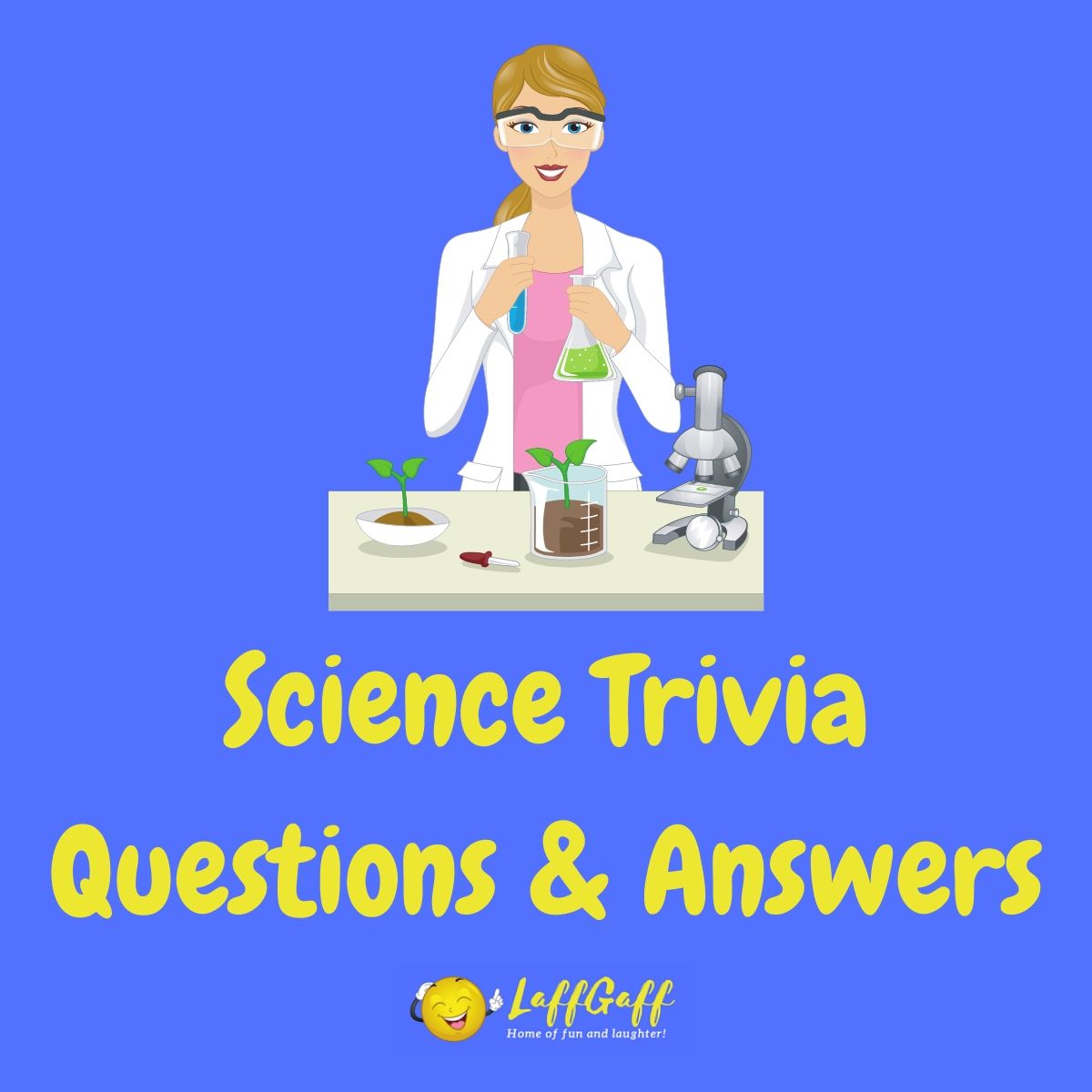Question: What name is given to the process by which plants convert light energy into chemical energy?
Show answer
Photosynthesis.
The process by which plants convert light energy, primarily from the sun, into chemical energy is called photosynthesis. This intricate and fundamental process is the bedrock of life on Earth, as it serves as the primary source of food and energy for virtually all forms of life.
The term “photosynthesis” can be broken down into its Greek roots: “photo,” meaning light, and “synthesis,” meaning putting together. So, essentially, photosynthesis is “putting together with light.” This process takes place in the chloroplasts, specialized cellular structures filled with the pigment chlorophyll, which gives plants their characteristic green color.
Here’s a basic overview of how photosynthesis works:
- Absorption of Light: Plants have cells that contain chlorophyll, a green pigment. When sunlight strikes the leaves, chlorophyll molecules absorb the light energy, particularly in the blue and red wavelengths.
- Conversion to Chemical Energy: This absorbed light energy is then used to split water molecules (sourced from the soil through the plant’s roots) into oxygen, protons, and electrons. The oxygen is released into the atmosphere, which is vital for the respiration of most living organisms on Earth.
- Formation of Glucose: The protons and electrons, along with carbon dioxide (CO₂) from the atmosphere, are used to form glucose (C₆H₁₂O₆), a type of sugar. This glucose acts as a form of stored energy for the plant, which it can utilize for growth, reproduction, and other vital functions.
The overall simplified equation for photosynthesis can be represented as:
6CO₂ + 6H₂O + light energy → C₆H₁₂O₆ + 6O₂
This equation reveals that carbon dioxide and water, with the help of light energy, are transformed into glucose and oxygen.
It’s worth noting that photosynthesis not only benefits the plants themselves but also supports life on Earth at a broader scale. The oxygen produced and released during photosynthesis is essential for the respiration of most organisms, including humans. Additionally, the glucose or energy stored in plants serves as the foundational energy source for many food chains. Herbivores obtain their energy from consuming plants, and carnivores, in turn, gain their energy by eating herbivores, showcasing the interconnectedness and dependency of life forms on this fundamental process.



